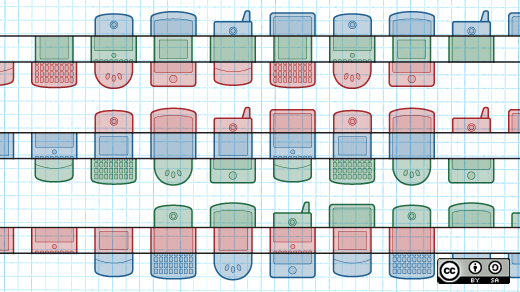In 2009, our friends at Development Seed launched a pretty revolutionary concept—a completely open source intranet-in-a-box called Open Atrium. It was regarded as a giant leap forward for open source, for social collaboration, and for Drupal. Way back then (okay, it was just four years ago), an open source solution that could stand toe-to-toe with proprietary solutions like Basecamp and SharePoint was unprecedented. Open Atrium came on the scene and directly into the limelight because for the first time, a distribution of the open source Drupal code base felt really and truly like an all-in-one product.
But as forward thinking as it was, even Open Atrium couldn’t have seen what was coming for this space. That in four years, the social collaboration space would explode with solutions ranging from intranet platforms to social networks designed for enterprise. That our collaboration needs would reach beyond our internal teams and out to our constituents and members. And that, more often than not, we’d be collaborating with our colleagues on our tablets and phones, as much as on our laptops.
When our team re-architected Open Atrium for Drupal 7, they re-imagined it altogether because what we’ve learned from building custom collaboration tools for teams is that organizations don’t need simply an intranet or a social platform, but a collaboration framework that can meet an organization where they are today and take them where they’re going tomorrow.
Most organizations likely have at least one favorite document management system, project management tool, or social media platform that helps them get their work done. Today’s collaboration solutions need to be able to integrate with software that we already use every day and that our teams like—instead of trying to be a replacement for all the tools out there. Open Atrium 2 is built as a pluggable framework—ready for integrations with established software—to develop customizable solutions that fit within an organization’s established business processes.
It is becoming increasingly important for organizations to not only collaborate with their internal teams, but with their partners and constituents, and this means going beyond adapting solutions for storing documents or a way to "follow" and "like" your coworkers. What our collaboration tools need is robust data security to help us control how information is shared between our constituents and information for our executives. Open Atrium 2 separates content from people, and that means that you can consistently make any information securely available (or not available) to any group of people, at any time.
Finally, a single device can’t restrict our collaboration tools. The content we’re building, accessing, and using to do our jobs needs to be available on any device, at any time. We can’t be responsive to the needs of our organizations if our tools aren’t responsive to the way we’re accessing them. We built Open Atrium 2 on top of Panopoly, and with it comes a dozen of responsive layouts. Combined with the Bootstrap-based Radix theme, you’ve got a solution perfectly suited for collaborative content anywhere.
Four years doesn’t seem like that long of a time, really. But what’s changed in our technology—in software, in smartphones, and in tablets—has changed the game for our collaboration solutions. The fact that our devices, our software solutions, and the way we access data have changed so dramatically is a sign that there’s no time for the status quo in business collaboration solutions. Sounds to me like a job for open source.






Comments are closed.